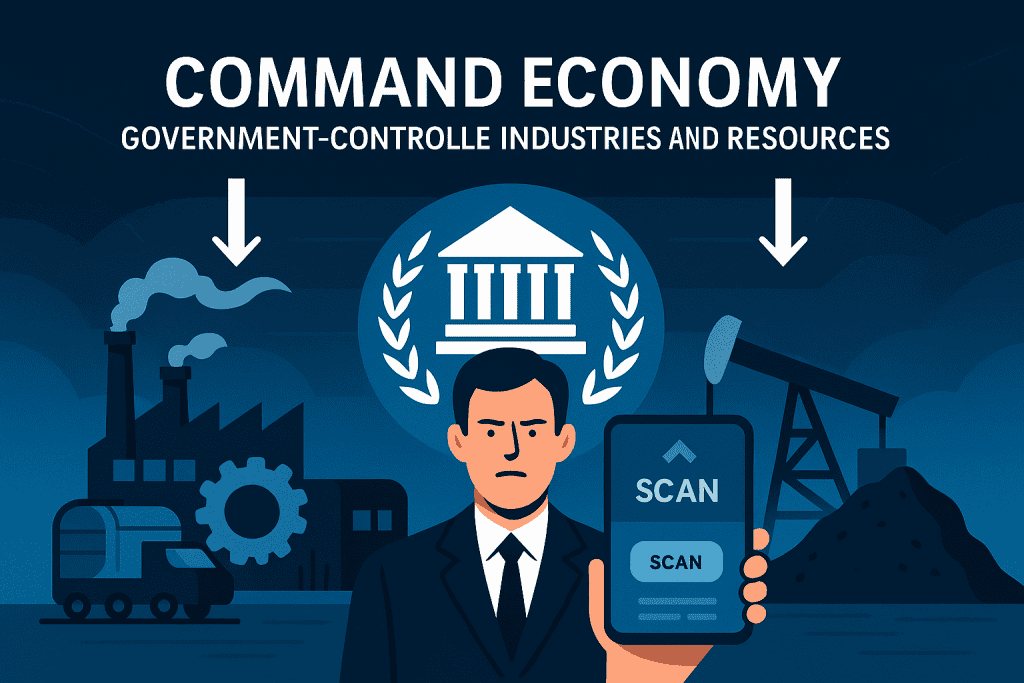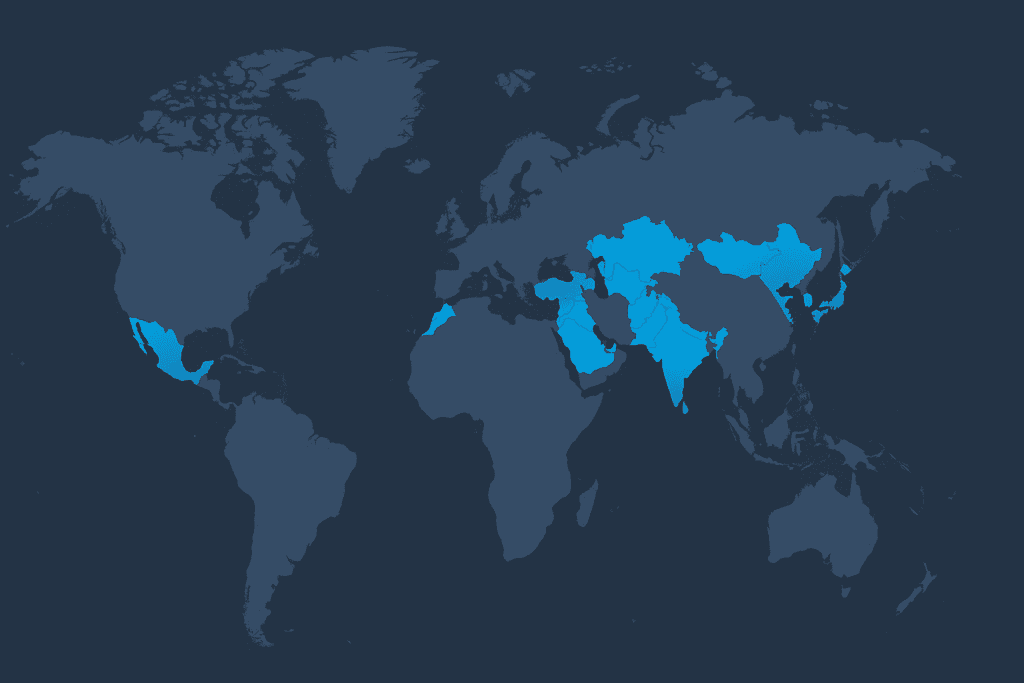
Overview
Which Nation Has a Command Economy? It’s where the government controls production, pricing, and distribution of goods. Unlike a market-driven system, private ownership is limited or nonexistent. Nations with command economies operate under strict restrictions, limiting consumer choice and private enterprise.
This topic is particularly relevant today as global markets face uncertainty, with discussions about centralized planning resurfacing. Understanding these economies provides insight into how different systems impact trade, investment plans, and growth. While most countries now embrace some form of a market economy, a few still follow a closed economy approach.
In this article, we’ll explore which nations have command economies, their characteristics, and their effect on trading strategies and global markets.
Understanding the Fundamentals of a Command Economy
A command economy is centrally planned, meaning the government makes all economic decisions. Understanding which nation has a command economy helps explain how state intervention replaces market forces in allocating resources and setting prices.
Key characteristics include:
| Feature | Description |
|---|---|
| Government Control | The state owns industries and resources. |
| Fixed Pricing | The government sets prices, eliminating competition. |
| Production Targets | Factories and businesses follow state-mandated production levels. |
| Limited Private Enterprise | Private businesses are rare or nonexistent. |
| Resource Allocation | The state determines resource distribution. |
Which Nations Have a Command Economy?

Historically, many countries adopted command economies, but today only a few remain. Here are some of the most notable examples:
1. North Korea
North Korea has one of the most rigid command economies. The government controls nearly all industries, production, and trade. It follows a closed economy, limiting external economic influence. The lack of a market-based system has led to market crashes and economic struggles, with frequent shortages of essential goods.
2. Cuba
Cuba operates under a command economy, though some market reforms have emerged. The Cuban government controls industries like healthcare and energy while allowing limited private businesses. The country has slowly introduced changes to attract foreign investment, but state planning still dominates.
3. China (Historical Perspective)
Before economic reforms in the late 20th century, China was a command economy under Mao Zedong. The state controlled production and restricted private enterprise. However, China has since shifted to a mixed economy, incorporating market principles while maintaining government oversight.
4. Venezuela
Venezuela’s economic system has strong elements of a command economy, with heavy government control over oil production and pricing. While not a fully planned economy, strict regulations and state intervention limit market freedom and investment opportunities.
5. Laos
Laos follows a socialist-oriented economy, with significant government influence. While it has moved toward a more open market system, the state still plays a large role in directing industries and trade.
How a Command Economy Affects Markets
A command economy impacts investment plans and trading strategies in several ways:
- Limited Competition: Businesses lack incentives to innovate, leading to inefficiency.
- Price Controls: Artificial pricing can distort market demand, leading to shortages or surpluses.
- Restricted Trade: A closed economy limits global trade opportunities.
- Government Dependency: Economic success depends on the state’s ability to manage resources effectively.
Changes in Command Economies

Some nations with command economies have introduced reforms to incorporate market principles. Examples include:
- China: Transitioned to a hybrid system, allowing private enterprises.
- Vietnam: Shifted toward a market economy, encouraging foreign investment.
- Cuba: Permitted small private businesses while maintaining state control over key sectors.
These changes indicate that pure command economies struggle to remain sustainable in a globalized world.
Conclusion
Which Nation Has a Command Economy? A command economy is a state-controlled system where government policies dictate production, pricing, and resource allocation. While historically widespread, only a few nations still operate under this model today.
Countries like North Korea and Cuba maintain strict government restrictions, limiting economic freedom. Others, like China and Vietnam, have incorporated market principles while retaining state control. This evolution highlights the challenges of maintaining a purely command-driven economic system in today’s global market.
For investors and economists, understanding which nation has a command economy is crucial. These systems influence trading strategies, investment plans, and international relations. Whether you’re analyzing global trends or planning your next best stocks to buy, recognizing the impact of government policies on markets can shape better financial decisions.
As nations adapt, the future of command economies remains uncertain. Will more countries embrace market-driven policies, or will state control persist? Only time will tell.
Key Takeaways
- Few nations still follow a command economy. North Korea, Cuba, and Venezuela are notable examples.
- Government control defines command economies. These systems limit competition, trade, and private ownership.
- Many command economies have introduced reforms. China and Vietnam have shifted toward market-driven models.
Resources
- Britannica. Command Economy.
- Yahoo Finance. 7 Command Economy Countries.
- Financial Falconet. Which Nation Has a Command Economy?.
- Investopedia. Command Economy.
- NCESC. What 5 Countries Have Command Economies?.
